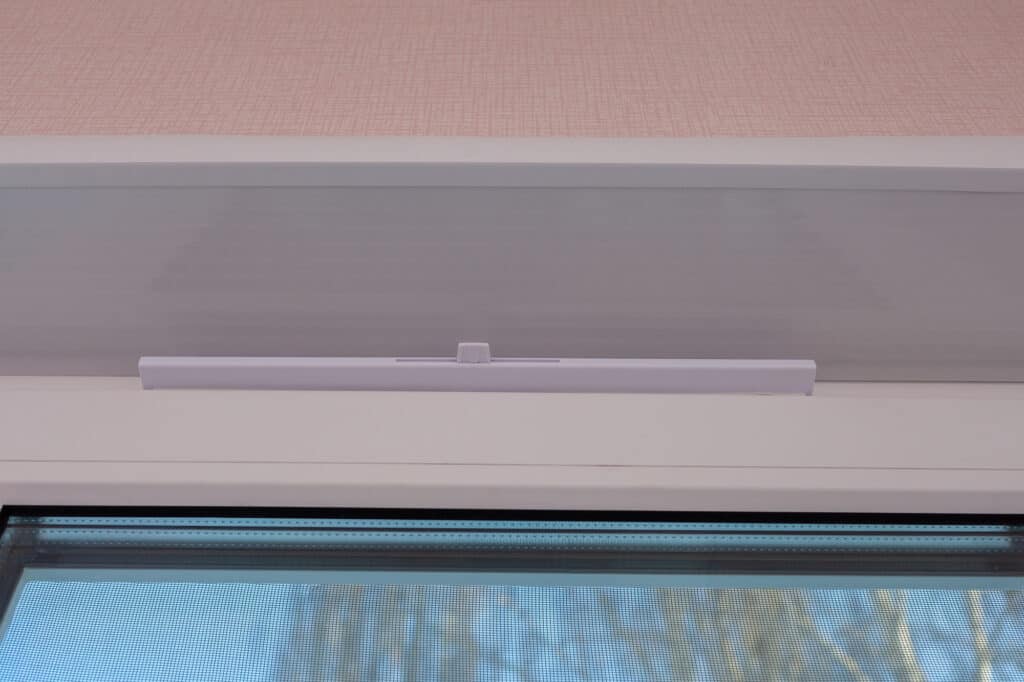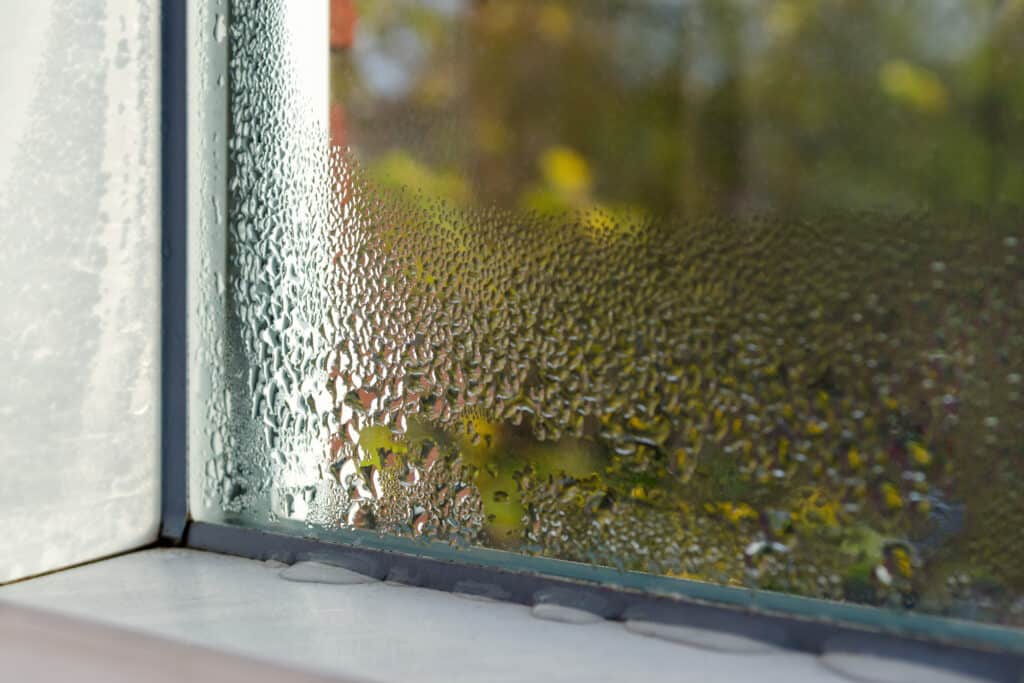Answer these simple questions and we will find you the BEST prices
Which type of solar quotes do you need?
It only takes 30 seconds
100% free with no obligation



- GreenMatch
- Windows
- Double Glazed Windows
- Double Glazing Trickle Vents
Double Glazing Trickle Vents: When Do You Need Vented Windows?
If you’re wondering whether or not you need to install trickle vents in your double glazed windows, you’ve come to the right place. In this article, we will discuss what trickle vents are, when they are needed, and the benefits and disadvantages of using them. We’ll also provide some tips on how to determine whether or not you actually need vented windows in your home.
What are window trickle vents?
Window trickle vents are small vents that are installed in the frame of a double glazed window. They allow air to flow in and out of the window, which helps to regulate the temperature and humidity inside your home and importantly reduce condensation.
Fill in the form in just 1 minute
Even with a closed window, they’re designed to provide long-term, permanent ventilation. They are available as permanent or controllable versions that open and close.

What are double glazed window vents?
Window vents in double glazing are essentially a type of window where the glass panes that comprise of the double glazing, have small vents in between them. These are window ventilators that allow for air to flow in and out of the room, which helps to regulate the temperature and keep the room fresh.
Single glazed windows on the other hand do not have these vents as they do not provide the insulation benefits that double glazing does.
What are the benefits of trickle vents?
There are several benefits of using window trickle vents:
1. Reducing condensation:
They can help to reduce condensation on the inside of your windows, which if left unchecked can lead to mould and mildew.
2. Controlled ventilation:
They enable controlled ventilation of your home can help to regulate the temperature and humidity level through the rooms they are installed in.
3. Better air quality:
They can improve the air quality in your home by allowing fresh air to circulate and old stale air to escape.
4. Improved energy efficiency:
They are an affordable and easy way to improve the energy efficiency of your home as they help to keep the temperature regulated.
5. Increases windows longevity:
Window trickle vents can also help to increase the longevity of your double or triple glazed windows as they allow them to “breath” and prevent pressure build-up that can lead to cracks in the windows.
What are the disadvantages of trickle vents?
There are a few potential disadvantages of using window trickle vents:
They can let in noise and draughts:
Although they can help to regulate the temperature and humidity of a room, if not done correctly they can also let in noise and draughts.
They can increase your energy bills:
Although they can improve the energy efficiency of your home, if left open they can also increase your energy bills as they will allow more warm air to escape in the winter and more cool air to enter in the summer.
They can be a security risk:
If not properly secured, window trickle vents can be a security risk as they can be easily opened from the outside.
The best way to prevent these possible disadvantages are to make sure you would with a professional service that has experiencing in working with these types of installations.
Do trickle vents actually work?
Trickle vents work by allowing a controlled amount of air to escape the window, which in turn stops the build-up of pressure on the window. This is especially important in double glazed windows as it helps to prevent the glass from breaking due to the pressure difference between the inside and outside of the window.

When do you need trickle vents?
In general, you don’t necessarily need vented windows unless you have specific problems with humidity or overheating. If your home has frequent amounts of condensation in the winter months, no insulation in general, or has poor ventilation in general, you may experience problems with humidity that can lead to damp and mould. In these cases, installing trickle vents can help to improve the air quality and dry out any damp or mould that may have started forming.
If you don’t have condensation problems and are still unsure about whether to add them or not, another good way to test if you need to add a trickle vent in the windows throughout your home is by conducting a home energy audit. This will help to identify where your home is losing energy and allow you to take steps to rectify it.
New build properties, extensions, conservatories and orangeries:
It’s always a good idea to install trickle vents in windows throughout extensions, conservatories, and orangeries since they promote adequate ventilation. They’re also stated in building regulations as a requirement for all new homes, as well as for windows being added to an extension. You can also retrofit trickle vents into existing double glazed windows.
Replacing old windows or adding to existing windows:
When you’re adding replacement windows or having new windows put in, having trickle ventilators adding for background ventilation will help to increase the efficiency of the window and stop the build-up of pressure. This can add to a replacement double glazed window cost but can be a worthwhile addition.
You can also add a trickle vent to an existing window by removing the window handle, drill a hole in the frame and add the trickle vent. Just make sure to replace the window handle once you’re finished!
How do you install a trickle vent into a window frame?
Window trickle vents can be fitted into the window frame in a number of ways, but the most common way is to use a clip-on system. Having trickle vents fitted during the window manufacturing process is the best way to ensure a good fit and avoid any draughts or noise.
If you’re having replacement windows installed, it’s important to make sure that the installer knows about and can include any trickle vents that you may need.
It’s also worth considering the frame material at this point as well, for instance aluminium windows frames may not as easy to drill into and fit a trickle vent as wooden window frames or uPVC. This is something worth discussing with the installers when you gathering your initial quotes.
Trickle vents for uPVC windows, do you need them?
uPVC windows are a popular choice for many homes as they are affordable, energy efficient, and come in a range of different styles and colours. However, uPVC windows don’t have the built-in ventilation like timber or aluminium frames do, so if you have uPVC windows in your home it’s a good idea to fit trickle vents into them.
How much do trickle vents cost?
When getting new windows installed, it’s important to factor in the cost of trickle vents. They’re not overly expensive, but it’s always good to have an idea of how much they will cost before getting replacement windows installed, so make sure to bring them up when talking to your install.
Typically you can expect to pay in the region of £15-£25 per window for trickle vents, depending on the size and type of window.
If you’re retrofitting trickle vents into an existing frame or windows, the costs may vary depending on the type and size of window that you have. You can shop around for kits online to find the best priced option.
Conclusion:
Trickle vents can help to improve the air quality and dry out any damp or mould that may have started forming. They are a necessity for those with double glazed windows and doors, as well as new builds which require them by building regulations. If you’re unsure about whether to add trickle vents in your home, speaking with a professional or conducting an energy audit will reveal where your home is losing energy and allow you to take steps to rectify it.
We hope this article has been helpful in understanding the benefits of trickle vents and how to install them into your home. If you have any further questions, please don’t hesitate to get in touch with us.
We strive to connect our customers with the right product and supplier. Would you like to be part of GreenMatch?

